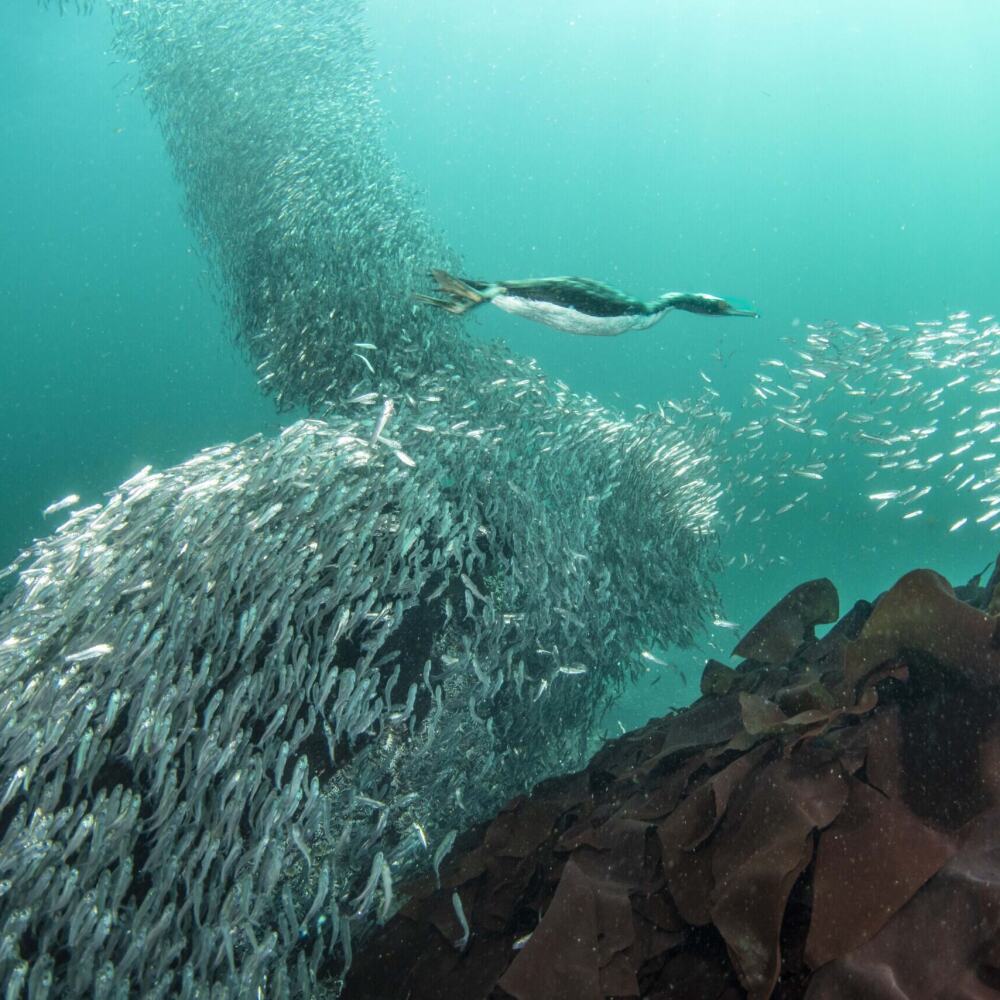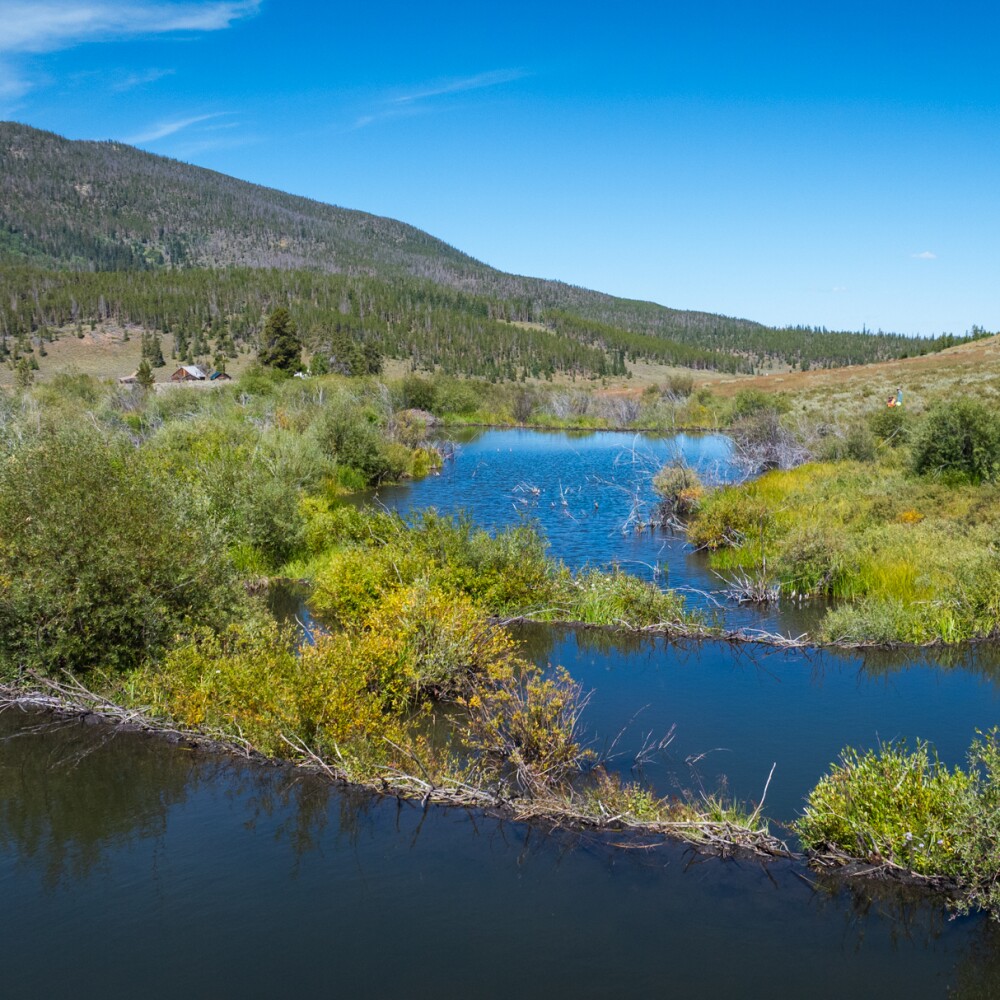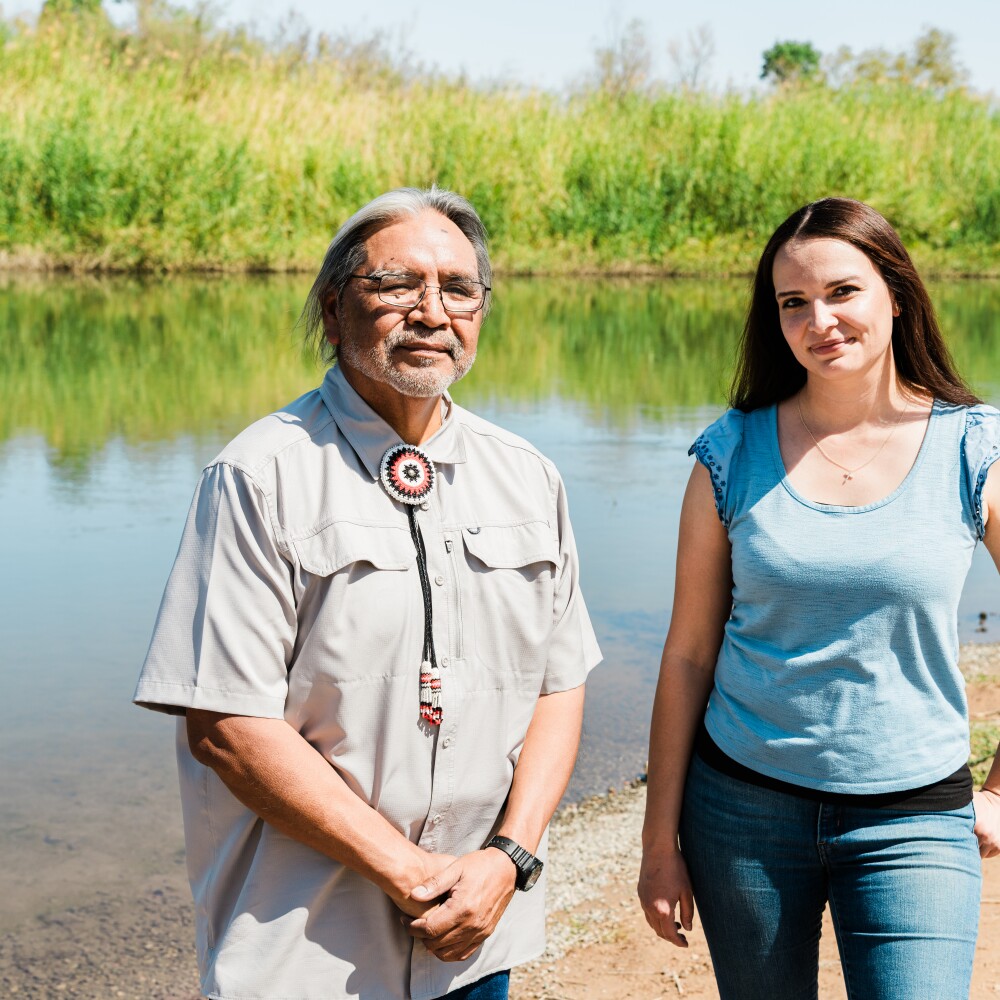In the Gulf of California, nestled between the Mexican states of Baja California and Sonora, sits one of the most important fisheries for local fishermen and communities. The main catch – curvina golfina – is a salmon-sized fish native to the Gulf and a central part of the local economy.
However, with no regulations and no incentives to avoid overfishing, the fishery continuously was depleted. Fishermen quickly hauled in as many curvina golfina as possible to sell them while prices were highest. In fisheries, this is called "the race to fish," which results in a large supply that then causes prices to drop dramatically. For a fisherman to maintain his income, his only solution is to catch more fish, perpetuating a vicious cycle of overharvesting.
The Mexican government tried to curb overfishing by setting limits on the number of curvina golfina fishermen could catch, but failed to regulate how often fishermen could catch, so the fishery could never recover from the demand.
In 2012, the community of Golfo de Santa Clara devised a solution that worked for both fish and fishermen – they created an agreement to regulate not only how many fish each boat could catch, but also how many fish each boat could catch per month during the fishing season to keep demand and prices stable.
That community saw immediate improvements and has sustained their success for the last three seasons. Since the agreement began, fishermen bring in only half the volume of curvina golfina, but receive significantly higher prices and benefit from a steady demand. In fact, 63% of fishermen surveyed said they believe the program is good for the fishery.
With support from the Walton Family Foundation, Environmental Defense Fund, and key partners such as Noroeste Sustentable, Comisión de Ecología y Desarrollo Sustentable del Estado de Sonora and the Center for Marine Biodiversity & Conservation, a system has been established that is protecting both the population of curvina golfina and the livelihood of local fishermen and their communities.



